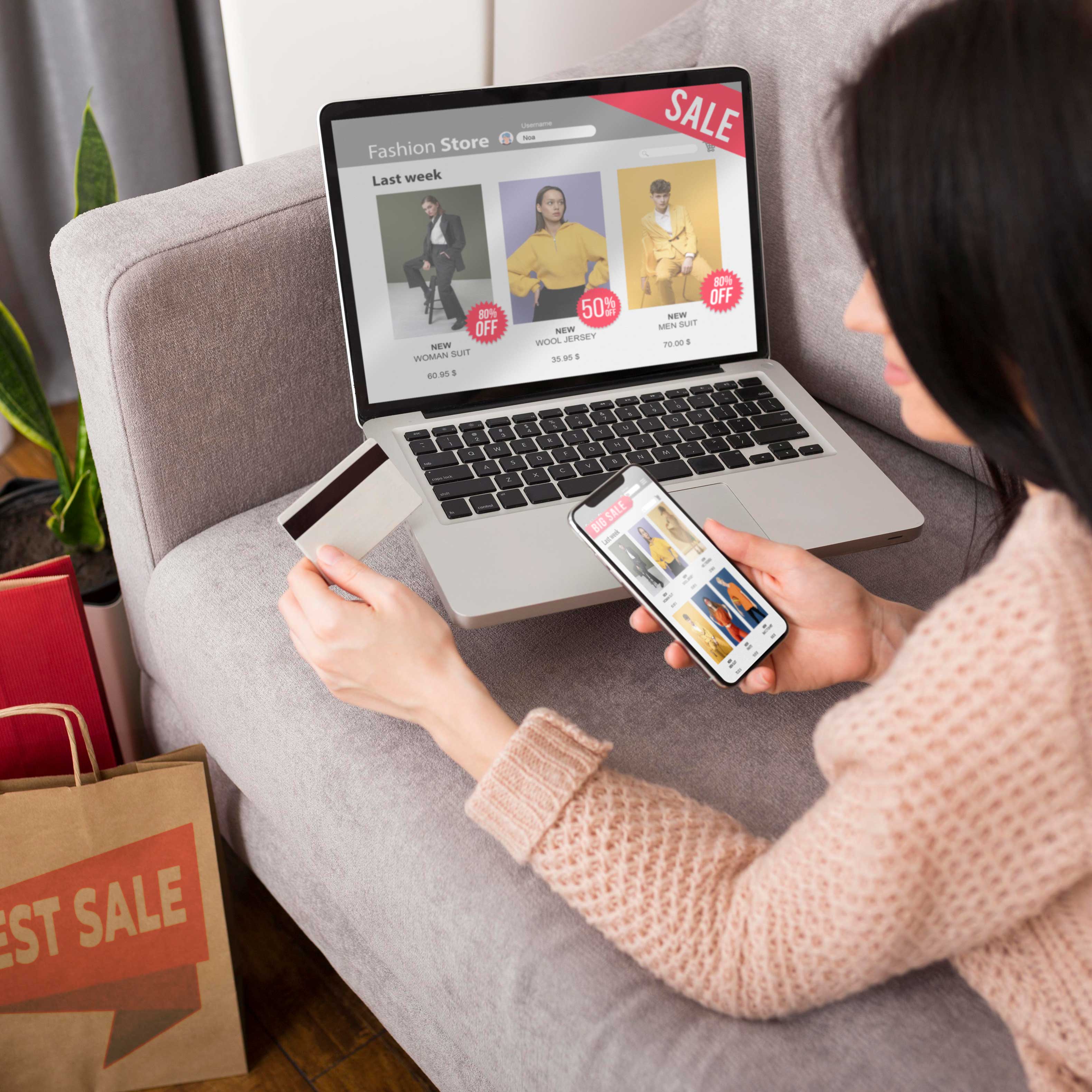How to Craft a Unique Value Proposition that Works
A unique value proposition is going to be your key for attracting and keeping customers. A unique value proposition, or UVP, is a clear,...
3 min read
Written by Laura MacPherson, Jan 18, 2018

Why are people visiting your site but not buying? You’re advertising on niche sites, using targeted AdWords campaigns, partnering with complementary brands. . . doing everything right. So what’s wrong?
E-commerce is difficult to do well. There are literally hundreds of factors that can impact the purchasing experience. Even if you have a product that your target market loves, you can lose buyers if you make mistakes with your online store.
But you’re not alone. Many e-commerce site developers fall into the same traps that sabotage the path to purchase. Here are eight of the most common problems with online stores and how to fix them.
Everyone is busy, and people won’t stay on a site if they can’t quickly find what they need. Good site design minimizes the number of clicks it takes a customer to locate what they’re looking for.
Visitors are used to being able to find navigation and search bars either at the top or on the left side of the page, so don’t confuse people by placing your navigation elsewhere. This is one area where innovation isn’t desirable!
If your site features multiple product categories, break navigational elements down into dropdowns or flyout menus. Also, make shortcuts available for frequently-viewed content (like customer profile and shopping cart).
There are many e-commerce platforms to choose from, each with its own shopping cart system. Some are better than others. When you’re researching different platforms, consider functionality, features, integration capabilities, and customizability. Look for the following:
The shopping cart experience is foundational to the success of an e-commerce site. A good shopping cart can dramatically reduce abandoned carts and increase revenue.
Many shoppers will have something very specific in mind when they arrive at your site. They want to find what they need and buy it quickly — and then get on with their day.
Make it as easy as possible for customers to search your site. Make sure your search function can return relevant results for product-type synonyms. And provide a filtering option for people to narrow their search results so they don’t have to waste time scrolling.
A recent Baymard Institute Mobile E-commerce Usability study found that on-site search was the preferred product-finding strategy of test subjects, as they perceived it to be faster than category navigation.
Cybercrime is in the news almost daily. Shoppers are acutely aware that they need to keep their personal information safe. If visitors aren’t confident in your site’s security, they aren’t going to hand over their credit card details. According to the United States Department of Commerce, 26% of online households reported that security concerns had stopped them from buying goods or services online.
To calm fears, first make sure your site is sufficiently secure. Then, include trust indicators such as SSL certificates and badges throughout your site — especially during the checkout process. Use a variety of different security services, because different people trust different brands. Consider Norton, which Baymard Institute’s research reveals that 40.9% of respondents trust. Google Trusted Stores and the Better Business Bureau are also strong choices.
The only way that shoppers can experience your products (unless you’re using augmented reality!) is through the images on your site.
Use bright, professional photography that shows multiple angles — ideally, a 360-degree view. If a variety of colors or other options are available, allow shoppers to see the product in that version when they select that option. Make sure the photos are large enough to zoom in on, and always provide zoom functionality so shoppers can see texture.
The higher the price point of your inventory, the more important product information is. Shoppers want to know what they’re buying, even if you have a generous return policy. Beyond the photos of your products, be sure to provide the following:
Customers have shipping preferences for a variety of reasons. Some shoppers prioritize cost. Others need their orders as fast as possible. Some need a balance between cost and arrival date. Many are already registered with preferred-shipping services like ShopRunner. If you don’t offer customers options and your competitor does, guess who they’ll shop with?
2017’s Black Friday saw 36.9% of all purchases made on mobile devices. If your site isn’t easy to use on smartphones and tablets, you’re leaving money on the table. Online stores that see the highest levels of success will not only accommodate mobile usage but will also optimize for it. You may want to check out this guide by industry expert Neil Patel on how to optimize your site’s mobile experience.
If you get these elements right, your conversion rate will look a lot more attractive. As you make the shopping experience more enjoyable for your customers, you’ll enjoy more sales from your e-commerce site.
Need help improving the user experience for your online store? Get in touch.
Subscribe to our newsletter.

A unique value proposition is going to be your key for attracting and keeping customers. A unique value proposition, or UVP, is a clear,...

You have a great idea. You’ve done some preliminary research, and there’s a real need in the marketplace that the niche you’re targeting can pay for....

To ecommerce app or not to ecommerce app? In our world, speed, concision, and convenience are of utmost importance, and if you’re not making sure...
Post
Share